Key 71: Social Sciences
In the years following the war the heightened interest in social research and the social sciences and Vice-Chancellor Medley’s advocacy for inter-disciplinary studies bore fruit in significant expansion in the Arts Faculty and the establishment of areas of study such as Psychology, Criminology, Geography and History and Philosophy and Science that blurred the existing disciplinary boundaries. Several significant exercises in social research, including the Melbourne University Social Survey directed by Wilfred Prest, had already been undertaken during the war and the new courses, a number of which were available in more than one faculty, built rapidly and substantially on these.
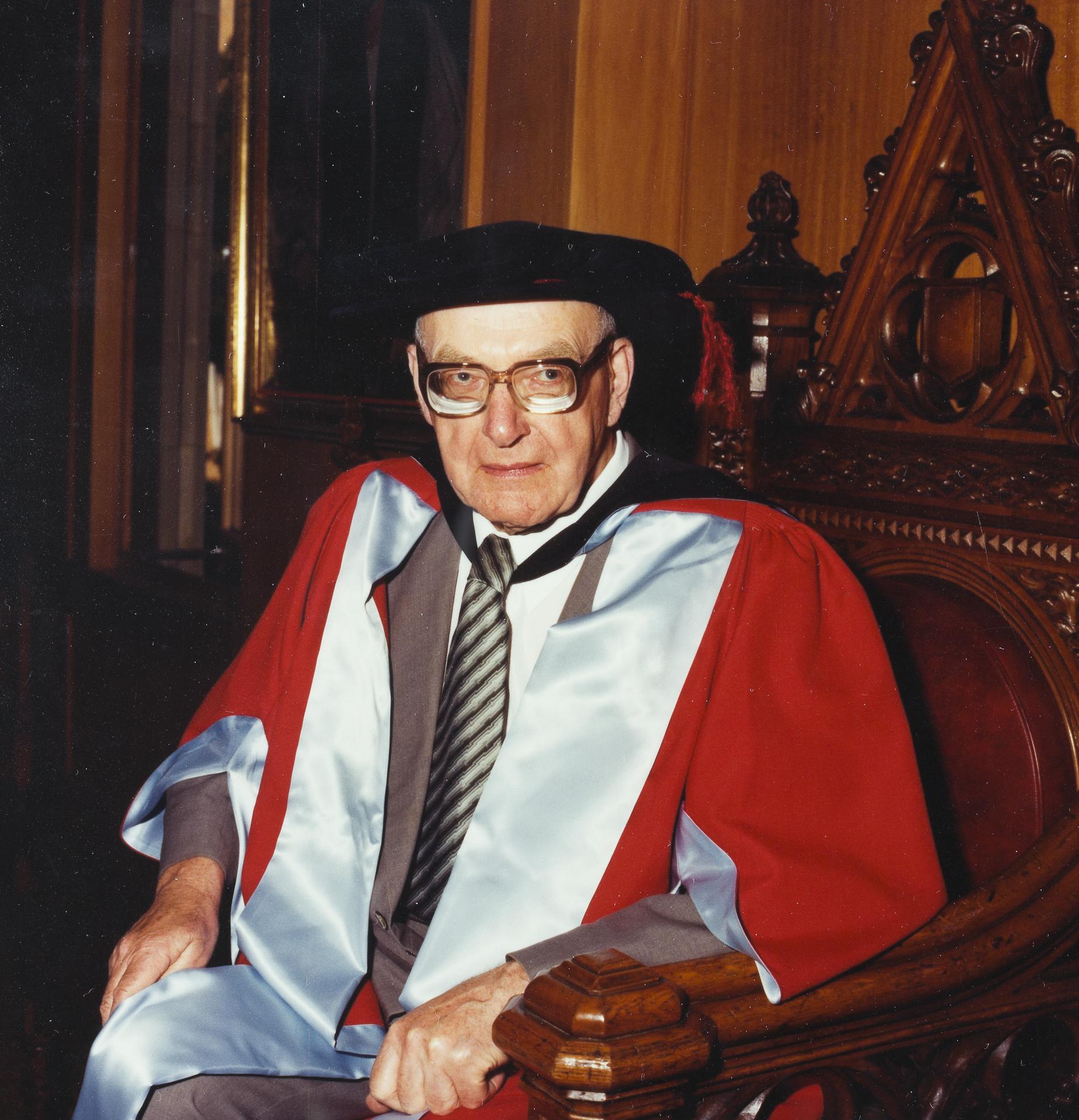
[Source: University of Melbourne Archives Image Catalogue, UMA-I-2311]
Anthropology and Sociology fared less well in securing a distinct identity.
In 1944 the Professor of Pathology, Peter MacCallum successfully lobbied the Government to provide £2,000 towards a chair of Psychology. Once the foundation professor Oscar A. Oeser arrived in 1946 the department which offered courses in both the Arts and Science faculty grew very rapidly, and would undertake important surveys in the social psychology of a country town , a factory, and remote mining communities.
In 1961 it moved into several floors of the towering Redmond Barry building designed by staff architect, Rae Featherstone
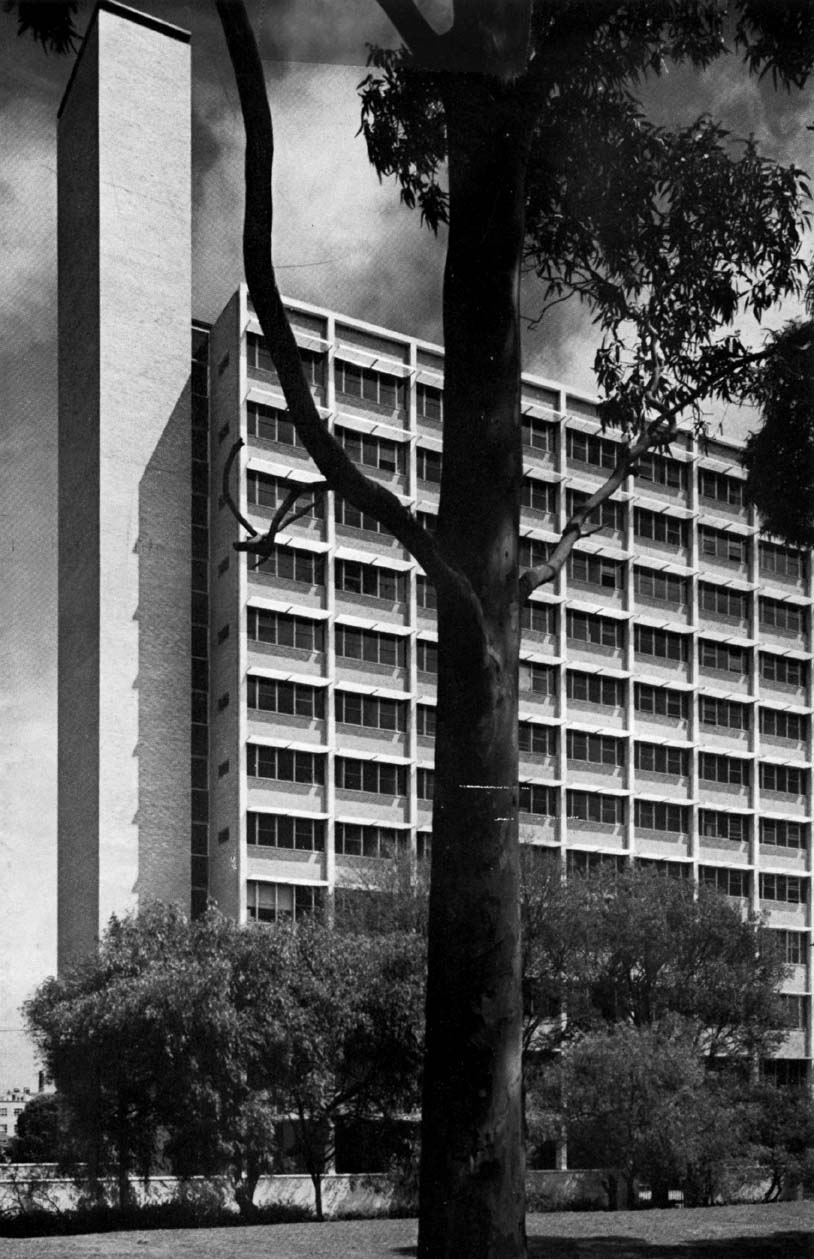
[Source: University of Melbourne Archives Media Photograph Collection, Photograph No 17415]
The department of History and Philosophy of Science developed quickly under Diana (‘Ding’) Dyason from its beginnings as General Science in 1946 but it had to wait nearly thirty years for a professor, Rod W Home, in 1975.
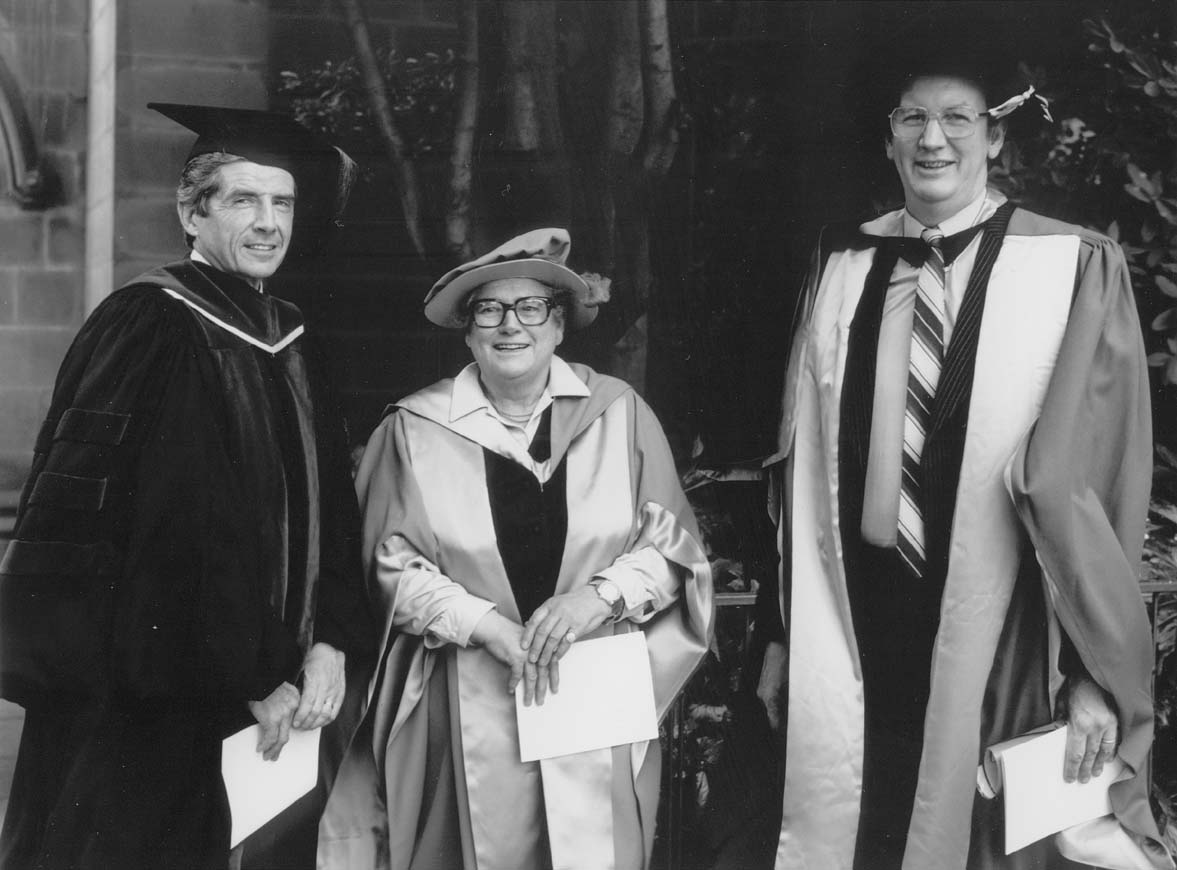
[Source: University of Melbourne Archives Media Photograph Collection, Photograph No 15832]
Political Science and Geography achieved the status of professorial leadership with the promotion of W. Macmahon Ball in 1949 and the appointment of John Andrews in 1959.
John Power took up a second chair in Political Science in 1977. In 1951 the first department of Criminology in Australia was set up in the Arts Faculty under Dr Norval Morris.
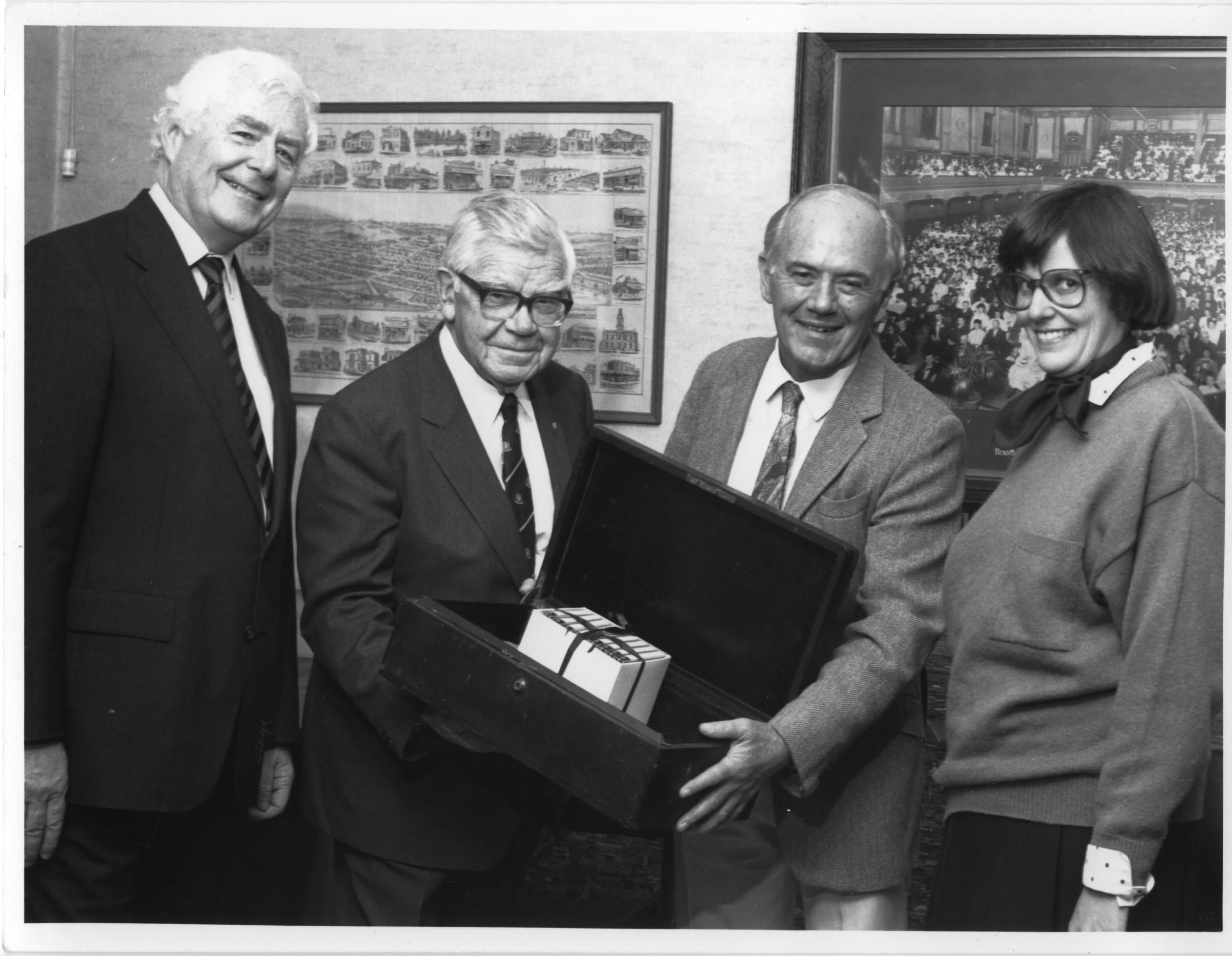
[Source: University of Melbourne Archives Media Photograph Collection, Photograph No 20829]
Anthropology had already established a small foothold despite the absence of a formal department. The pioneering work of Professor W. Baldwin Spencer (Biology) was followed intermittently, by some distinguished individuals, including (for a time) Bronislaw Malinowski, and throughout the 1930s the Faculty of Science provided a base for the extraordinarily enterprising Donald F. Thomson while he made three expeditions to Cape York Peninsula. He also worked extensively in Arnhem Land, and in training Aboriginal personnel during World War II. For the last four years of his working life with the University he held a Personal Chair of Anthropology (1964-8). Later, in 1986, a Baldwin Spencer Chair of Anthropology would be taken up by Klaus-Peter Koepping.
New chairs in Economics (1946) and Economic History (1949) and the introduction of subjects like Industrial Relations further strengthened the presence of the social sciences, above all Economics, in the university. The reforming enthusiasm that infused the social sciences in the post-war period was present, but the disciplines remained fragmented across several faculties and their influence diffuse.
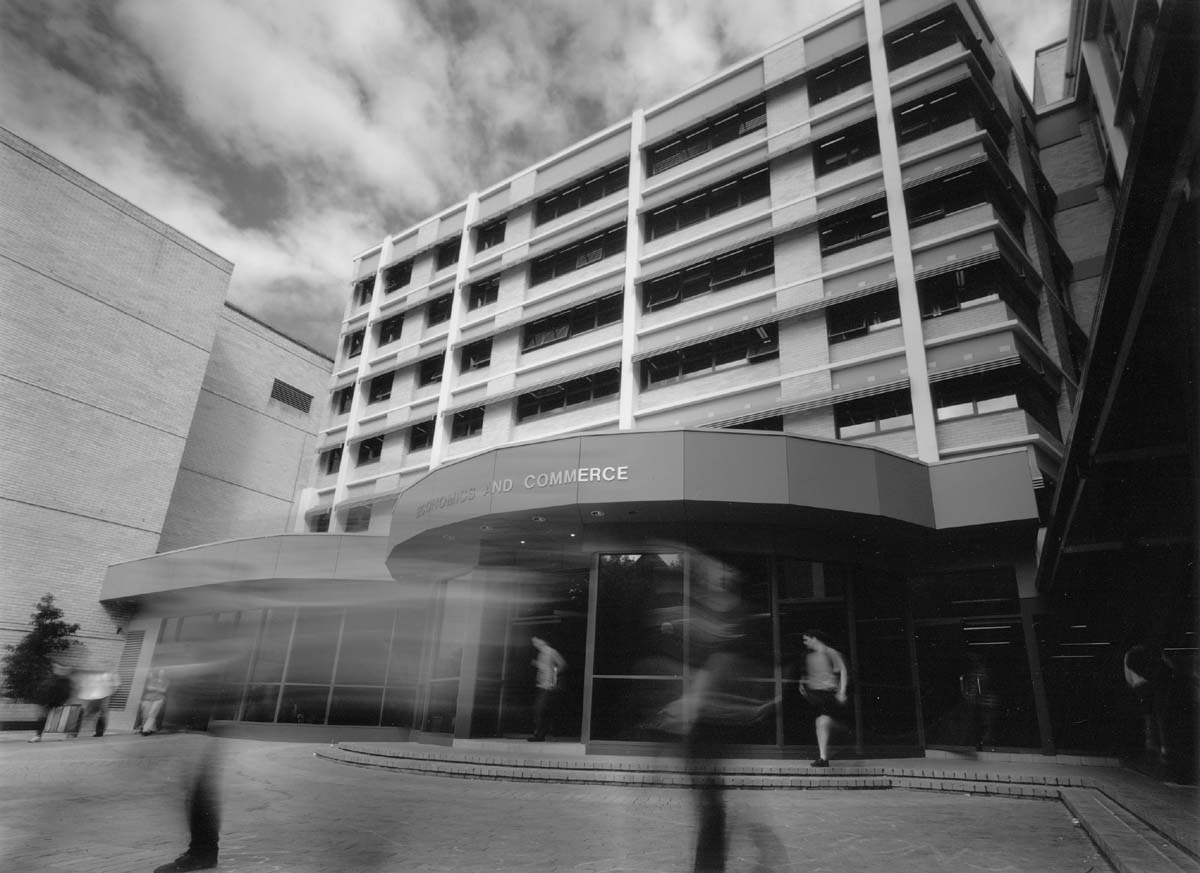
[Source: University of Melbourne Archives Media Photograph Collection, Photograph No 16936]